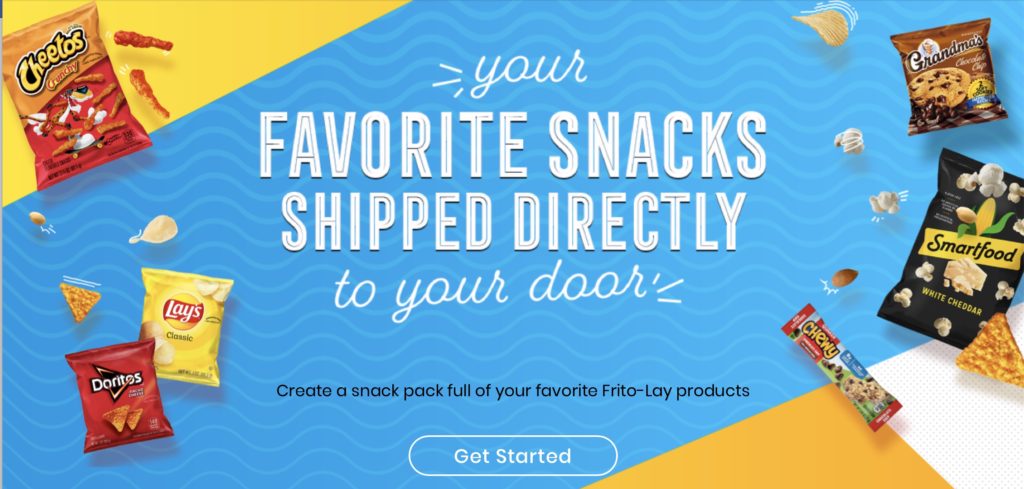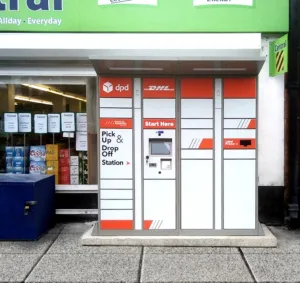By Yaroslav Kholod, Director of Programmatic Operations, Admixer
As the freak circumstances of last year began to bed in and e-commerce got a once-in-a-lifetime power-up, any FMCG brand that didn’t have its own direct-to-consumer (DTC) channel found itself very quickly wishing that it did.
Some, such as PepsiCo, went all in on own-brand ventures such as Snacks.com and PantryShop.com. Others, like Nike, doubled down on their existing DTC hunches, with dramatically successful results. As a result, DTC will never again look like the gamble it once did, even if most brands need third-party retailers and marketplaces too much to go it entirely alone.
And aside from the lengthy shutdown of physical stores, there have been other ongoing boosts to DTC retailers, particularly in the programmatic space, where such brands are in a particularly strong position to benefit.
DTC channels give brands a timely opportunity to access first-party user data and extract valuable insights from customer behaviour, which can in turn be leveraged across the digital spectrum, creating more effective communication with new and existing customers.
Here’s the thinking:
- Golden days for the open web
As the Covid pandemic and ongoing lockdowns accelerated the consumer switch to digital media, and websites and news media experienced a renaissance in readership, the open web has never been more attractive for advertising. That fact has been further compounded by Google’s postponement of its third-party cookie phase-out, which means that, for now, this channel retains its retargeting and attribution capabilities.
With a programmatic platform, brands and their agency partners can build holistic communications and reach audiences on any platform. And as retail continues to lean into its direct-to-consumer e-commerce approach, programmatic and its wealth of open-web channels is a gift that keeps on giving.
On the open web, advertisers can buy audiences on sites, in app, in games and via CTV, OTT and DOOH, and Admixer.DSP’s own expert advice is to invest right across the range of different channels to drive sales.
- Programmatic for flexibility, speed and reach
Savvy advertisers already accompany their traditional banner and social campaign, with an occasional reminder in a dating app, mobile game, or in-stream pre-roll. All of these activities can be launched, tracked and optimised, through a single interface, and easily synced with other mainstream instruments. That is part of the charm of programmatic. For advertisers who want to quickly build brand awareness, tap into new audiences, or re-engage their old clients, programmatic is essential.
- First-party data leads to bargains
Another perk is that in contrast to dependably pricy walled gardens, programmatic offers a wide variety of ways to put your ad spend to good use without breaking the bank. The key is to be found in data and inventory expertise. If you gather enough data from your campaigns, you can find lookalike audiences in cost-effective media channels and target them with the same efficiency.
- Open web doesn’t mean poor-quality inventory
Premium inventory, fuelled by the high-quality content of independent publishers, is an abidingly strong suit of programmatic media. Publishers with an abundance of first-party data are only too delighted to offer their audience segments through private marketplaces and direct deals with vetted brand-safe advertisers.
For instance, through a deal with Chinese internet service company Xiaomi – which has 400 million active users of its devices in 220 countries – Admixer can offer ad inventory in a huge range of applications and services in its closed-loop Android-based ecosystem MIUI, from music and video players, to file managers and security software, to hyper-casual games.
With vast reach and high visibility in markets including Russia, Germany, India, UK, USA, Canada, Mexico and Brazil, brands can drive brand awareness, app installs and promotions around the world, targeting their most valued audiences and reaping high conversion rates.
- Maximum scale for minimum cost
By combining different programmatic buying methods, purchasing ready-made audience packages, finding premium inventory with whitelists on open exchanges, or signing preferred deals with niche apps, retail can find the most interesting audiences and advertise to them at the most competitive cost.







